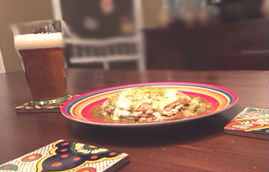
The argument of just what makes up the South is long and energetic. Seemingly age old questions like “Is Maryland in the South?” as well as brand new arguments such as “How in the world is Missouri in the SEC? They aren’t even in the South, much less the Southeast!” keep cropping up year after year. Many of us in the Deep South think Memphis is “up north” while Memphians would certainly say they are more Southern than Miami, which, is, in fact, further south than all of us. I guess it depends, like most anything else, on perspective. If you feel Southern, you are. Never mind trying to define the authenticity or “Southernness” of others.
With that in mind, I want to talk about one of those places that, depending on whom you ask, is unquestionably Southern or, as the next girl may say, seated firmly in the West: Texas. East Texas is as full of cotton as the Mississippi Delta, and you are just as likely to find Baptists and biscuits in Brenham as you are in Birmingham. However, Texas has another quality. The Lone Star State has a food tradition influenced by Tejano culture that predates its admission to the United States. While Greenville, MS has delta tamales, All of Texas is awash in Tex-Mex, that spicy American mixture of Indian and Spanish cuisine that we all love so much.
On second thought, I don’t want to talk about Texas so much–and I certainly could go on for hours–as I want to talk about Tex-Mex food, specifically that delicious concoction, the enchilada. Well, really I want to discuss the enchilada and beer! What could be more delicious than that?
Just what is an enchilada? Well, the word itself can be translated as “chilied.” Tortillas enchiladas are corn tortillas heated in oil and smothered in chili sauce. According to cook book author, Robb Walsh, they were originally served without fillings and topped with white cheese. In West Texas enchiladas are typically served like pancakes in a stack with cheese, onions, and other toppings in between. It is this type of enchilada I want to show you how to prepare.
Everyone knows how to pair spicy Tex-Mex salsa with a cool crisp Mexican lager. I could sit for hours in the Cantina munching and sipping while the football or soccer game drones in the background. Throw in a few good friends and this could become a marathon in a hurry. What many may not realize it that the spicy and pungent flavors of Tex-Mex pair quite well with the spicy, pungent flavors and aromas of American Pale Ale or IPA/DIPA. Like Tex-Mex, the APA and IPA are an American take on foreign recipes that have come into their well-deserved own. So let’s get to pairing one product of cultural diffusion with another!
In this entry, I will walk you through making spicy West Texas enchiladas as well as a well balanced American Pale Ale to compliment your dish.Read More

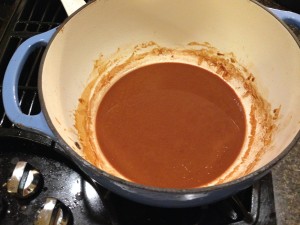
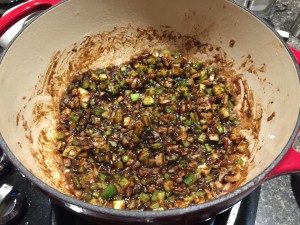 s stage, throw the roux out and start over. The roux has burned.
s stage, throw the roux out and start over. The roux has burned.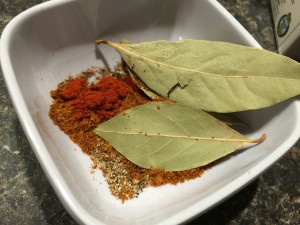
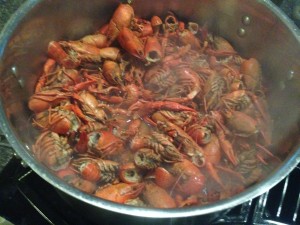 Crawfish stock is bit different from a shrimp stock and requires a bit more work, but it’s totally worth it. Crawfish yields very little meat per pound of crawfish. You can get a lb. of tail meat from 5 lbs. of crawfish if you are lucky. So for this recipe, you’ll need at a minimum of 5 lbs. of crawfish.
Crawfish stock is bit different from a shrimp stock and requires a bit more work, but it’s totally worth it. Crawfish yields very little meat per pound of crawfish. You can get a lb. of tail meat from 5 lbs. of crawfish if you are lucky. So for this recipe, you’ll need at a minimum of 5 lbs. of crawfish.